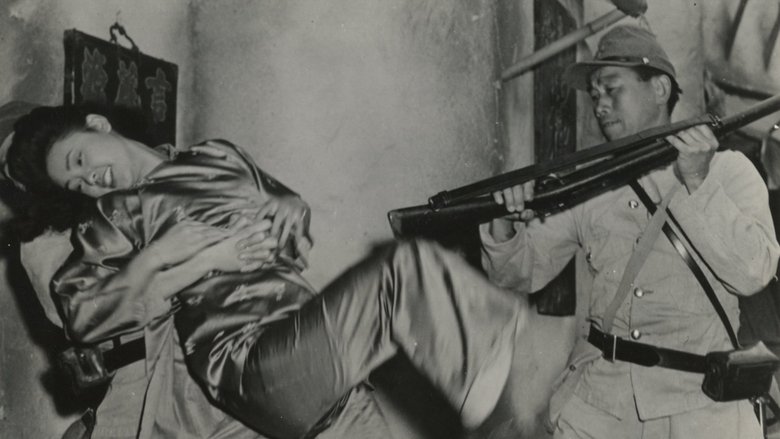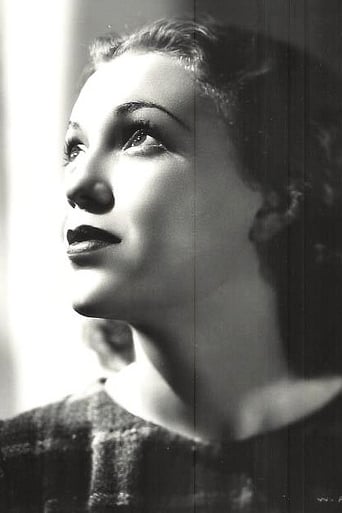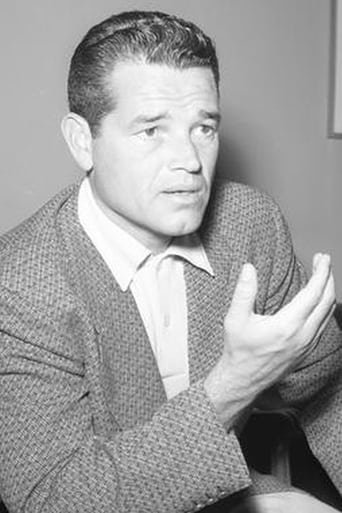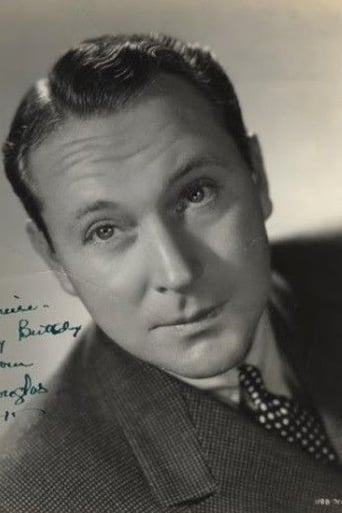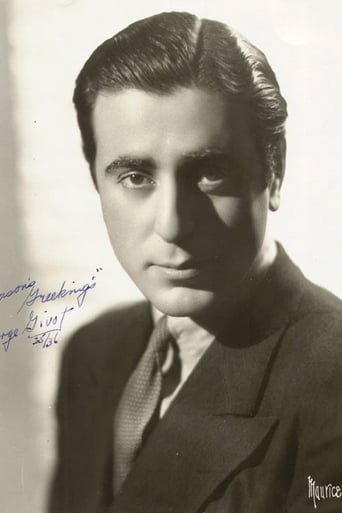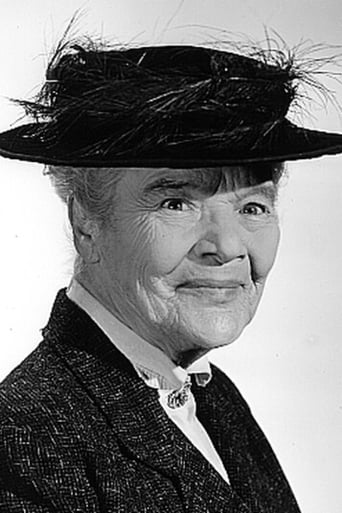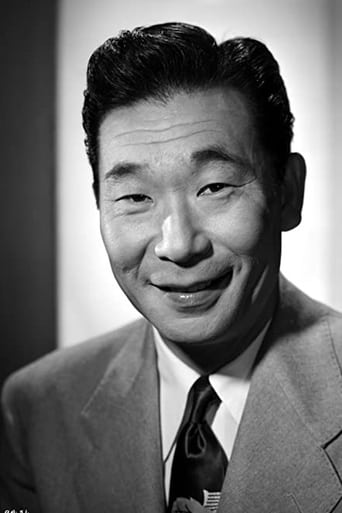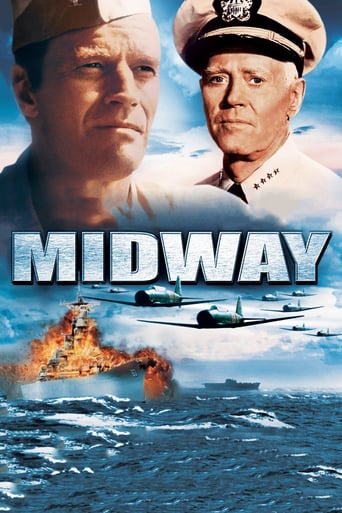A Japanese publisher urges his American-educated son to side with the Axis.
Similar titles
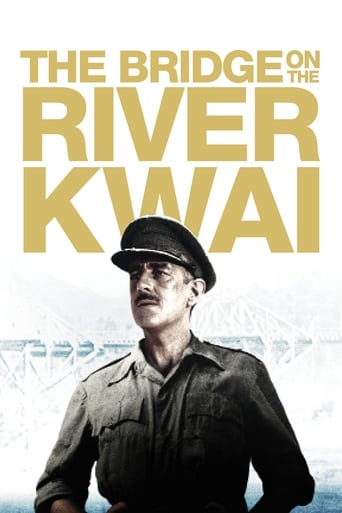
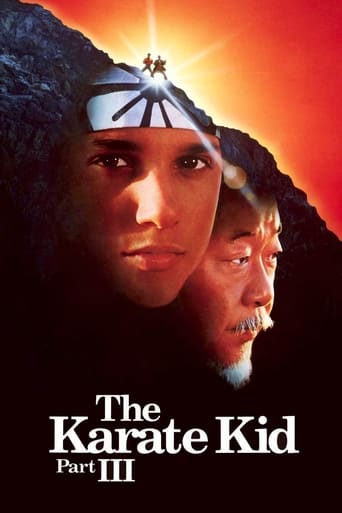
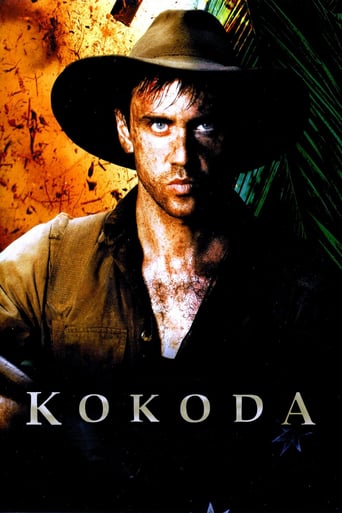
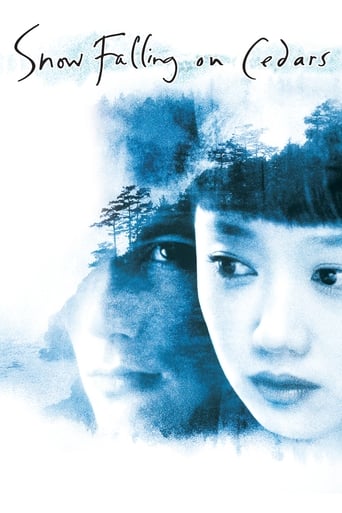
You May Also Like

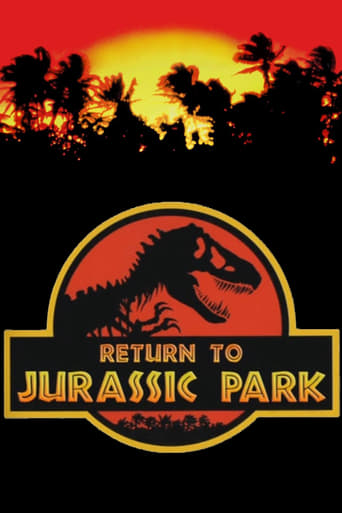
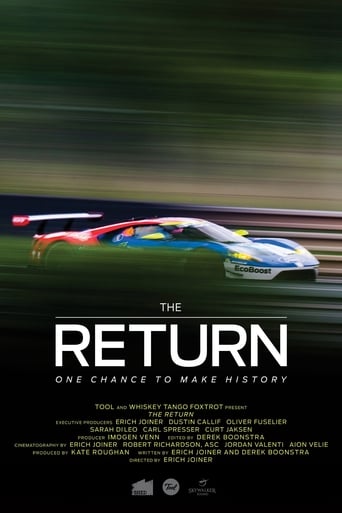

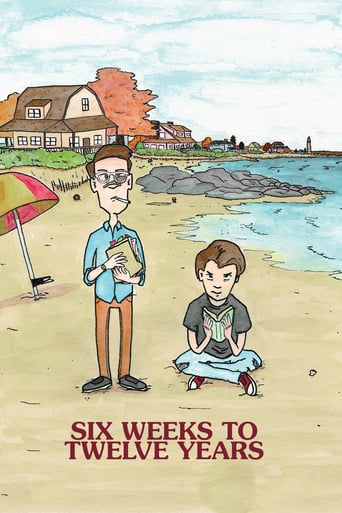
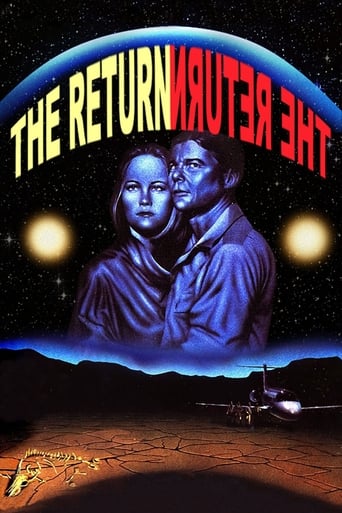
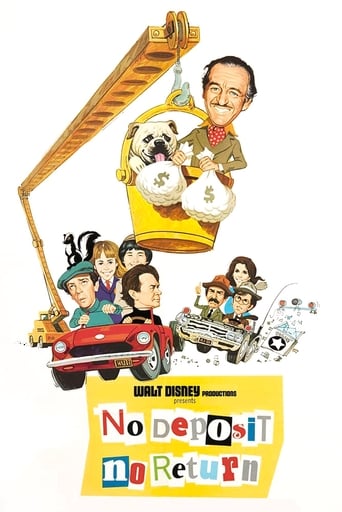
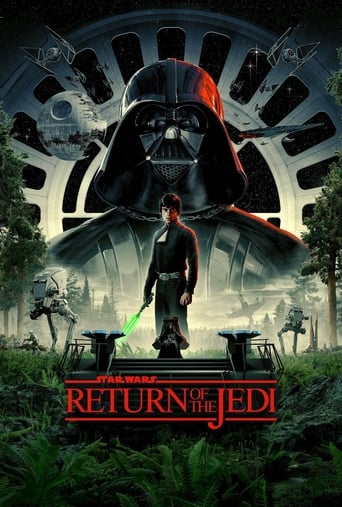

Reviews
Best movie of this year hands down!
Far from Perfect, Far from Terrible
The movie really just wants to entertain people.
Blistering performances.
**Mild Spoilers** Surprisingly mild-in the propaganda department-motion picture for an American made war movie at the very hight, with the Axis winning at the time it was made, of WWII.The movie "Behind the Rising Sun" does show the Japanese as villains but only the most nationalist and fanatical as well as racist, towards the white or Caucasian race, among them. The Japanese people for the most part are shown being brutalized and exploited by Japan's Fascist military junta, headed by Gen. Tojo, as much as the Chinese people-who are under Japan's thumb-shown in the film. The film incredibly also shows that the Japanese Emperor Hirohito, descendant of the Sun God, as an innocent stooge being manipulate by Tojo's Military Junta and in no way involved in the crimes that he was at the time, in both US newspapers and heavily propagandized war films, accused of committing. This is exactly what happened two years later in the United State, under the urging of Gen MacArthur, and its allies refusing to indite Hirohito for war crimes! Which turned out to be one of the most brilliant decisions that Gen MacArthur ever made in peace as well as wartime!In "Behind the Rising Sun" we see the lives of father and son Reo & Toro Seki, J. Carrol Nash and Tom Neal, change directions because of the upheaval in their native Japan. Toro who was educated in America is anything like his father Reo in respecting or upholding Japanese tradition. Reo at first is as fanatical a Japanese nationalist as you can get but it's his son who in the end, after being brainwashed by the Japanese military, turns the corner and outdoes even his, who by then finally saw the light, gong-ho and kamikaze like pop! In fact as the movie starts we already see that Toro made the ultimate sacrifice for his country and wait to see, by watching the film, what exactly lead him to do it!Sent to fight in China as an officer in the Japaneses Army's Communication & Engineer Corps Toro became insensitive towards the horrors that his fellow Japanese soldiers inflicted on the helpless Chinese population. Back in Tokyo Toro's father Reo soon realized that his beloved country Japan was descending into barbarism, in its plans to conquer the entire world, and wanted no part of it. I wondered watching the movie if those behind it were somehow trying to put a wedge between Japan and its ally in WWII Nazi Germany! In its hinting that Germany being as white and Caucasian as any nation on earth would be on Japan's hit-list after it, together Germany & Italy, won the war!It becomes very apparent to Reo that his son Toro had gone off the deep end when he came back home on leave from China and even worse he, in his pushing Japanese nationalism on Toro, together with him being indoctrinated by the Japaneses military was a major cause of it! With his son now gone forever, killed during the 1942 Doolittle raid on Tokyo, Reo could no longer face what he did and did the only thing left for him to do by doing-via Hiri Kiri- himself in Japanese style.Together with the very deep and thought-provoking political menu in the movie we also have Toro's love interest the exotically beautiful Margo as Tama Shimamuka as well as a secondary love affair with American businessman Clancy O'Hara, Donald Douglas, and American newspaper woman Sara Braden, Gloria Holden, which was more or less padding or fillers, to stretch the film to it's eventual 88 minutes, then anything else.P.S By far the best part of the movie had nothing at all to do with the war but a knock down drag out "Battle of the Century" between American prizefighter Lefty O'Doyle, Robert Ryan, and Japanese martial arts expert, even though he's about as Japanese as I'm inner Mongolian, Mike Mazurki. That incredible slug fest between the two giants of pugilism was more then worth the price of admission!
This film was an attempt by Edward Dymtryk to show the Japanese as individuals, and not as stereotyped sub-humans commonly portrayed in the other films of the period. The goal was to show Japan's aggressiveness was the result of a militaristic culture that came to dominate the country by squashing out all forms of liberalism. The Office of War Information (OWI) approved of the approach for they were constantly dismayed by Hollywood's depiction of the Japanese, feeling that after the U.S. had won the war these types of negative portrayals would only hinder a solid relationship between the two nations. I think it could be argued that "Behind The Rising Sun" failed to meet expectations, and ended up being a confused piece of propaganda. This is what probably makes it rather fascinating to watch today. It never firmly develops any major sympathetic Japanese character except the one played by Margo, and the basis of her character is that she is intrigued by all things American. The Japanese character played by J Carrol Naish has changed his political outlook by the conclusion of the film to be against Japan's expansionist aspirations. He decides his best course of action is to kill himself. Tom Neal, who looks like he is auditioning for a part in a video for The Vapor's "I Think I'm Turning Japanese," is apparently supposed to be an example of how Japan's militaristic culture can take a happy-go-lucky fellow, and transform him into a ruthless and cold hearted killer. His transformation doesn't seem very believable. His actions seem to support the racists notions the viewer might have had at the time rather than cast doubt on them."We never let a cat break up a good poker game in Idaho" --Lefty I think my favorite scenes in the film involve Robert Ryan's character, Lefty. When he shoots his pistol at a cat, and the authorities show up and confiscate his gun he is completely befuddle. It's like he can't believe he is in a country that is so oppressive that a fellow can't even shoot a cat. His fight scene with Mike Mazurki is quite memorable too.
Well, where do I start? I would like to point out some erroneous statements by the first viewer commenting. He states that the introductory statement says it is "100% true" and "authentic". Actually, its says "true-to-life", which I would construe to be similar to today's films saying that the movie is "based on...". It states that the film is not biographical, but the incidents depicted did occur. We know from historical works that the Japanese were responsible for many atrocities in China, especially Manchuria...the giving of opium to the starving villagers, the bayoneting of infants and toddlers, the raping of Chinese women and the setting up of houses of prostitution to "service" the Japanese Army & so on. So as Hollywood has always done, they take real facts and fictionalized & personalized them to give them more impact. A statement by the previous commenter, about how all the major roles were played by white actors, while actors of Japanese heritage played lesser/support roles. Well, as far as I can tell by cast listing, there were no Japanese actors in the movie. Philip Ahn (Korean descent), Benson Fong and the other Asian actors are Chinese ancestry. J. Carroll Naish had played other Asian characters throughout his career. Tama was played by Mexican-American actress, Margo (married to Eddie Albert).Tom Neal makes a very strange Japanese, even for the time...For a propaganda film, it is more even handed in its portrayal of the Japanese characters and the upheaval in Japanese society then many war films of its day. There are two story strands, the brutalization of Taro, from a americanized frat boy to a murdering martinet and the humanizing of his father, Reo Seki, who comes to see the loss of son and his son's happiness in marriage to Tama, a farmer's daughter and the destruction of the rigid social order of his beloved country... The Russian is portrayed positively; the German a bit dismissively; and the three Americans (woman reporter, the male engineer, the baseball coach), are all different faces of American society: the brave American (the woman reporter); the status-quo American (the engineer) and the "ugly" American (the baseball coach).
We'd call it racist today, but this constantly amusing bit of rabble rousing did what it had to do at the time, while allowing somewhat refreshingly that not all Japanese were monsters. When this was made, the outcome of the war was still not assured, although the bombing raids over Tokyo were in full swing, as the end of the film shows. Along the way there's an incongruous mix of white RKO stock leads unconvincingly playing the main Japanese characters while actors of actual Japanese descent play minor supporting parts. J. Carrol Naish may seem silly as a Japanese businessman, but he is surprisingly sincere as the misguided father who goads his nonviolent, Americanized son with jingoistic pleas to enter military service. To the father's eventual dismay, the son, played by Tom Neal in one of Hollywood's more notable instances of miscasting, becomes an increasingly callous savage who comes to relish Japanese atrocities while on duty in China. Showing that Hollywood could do the Goebbels thing with the best of them, the film proceeds to show Japanese soldiers pushing opium on children, yanking mothers away from crying infants, hauling Chinese women into prostitution houses, bayoneting children, and--worst of all--slapping around American nationals! The highlight is a wacky, drawn-out duel of strength between an American boxer (Robert Ryan doing his "The Set Up" thing six years before the fact) and a Japanese jujitsu expert. The film's opening titles claim that the whole thing is 100 percent true and authentic, a perfect red flag to take it all with a grain of salt.
Top Streaming Movies











